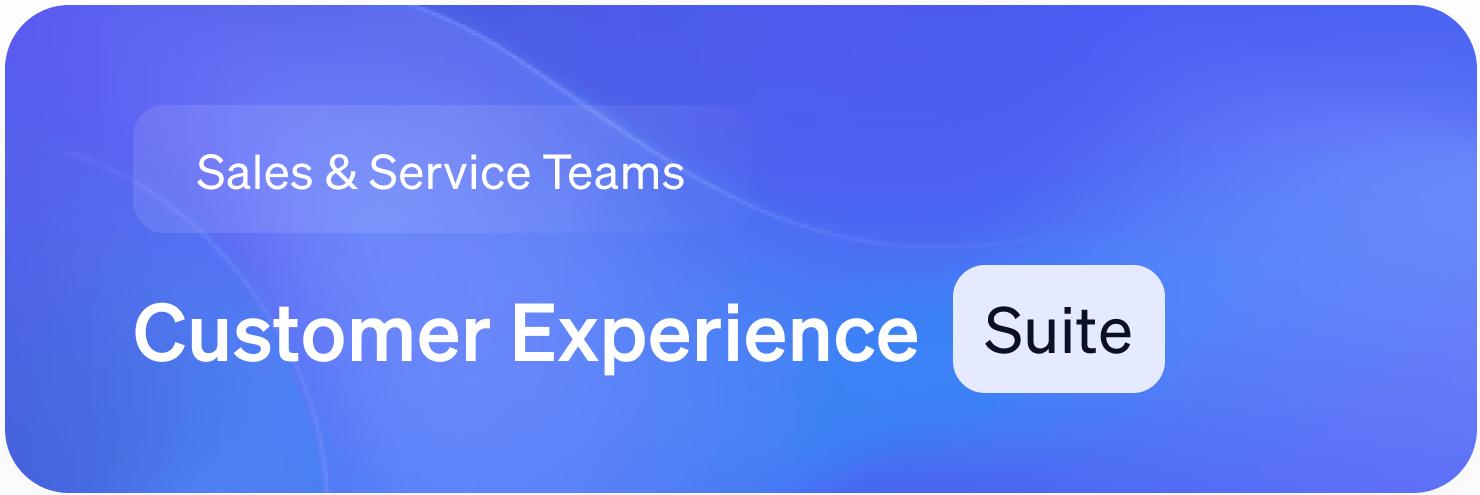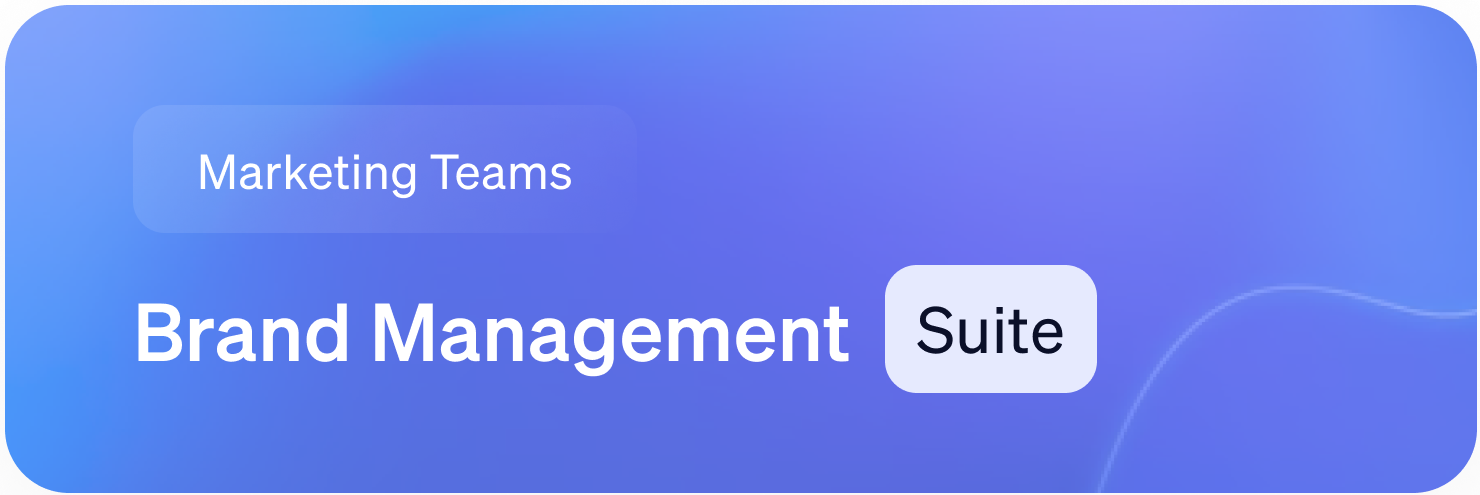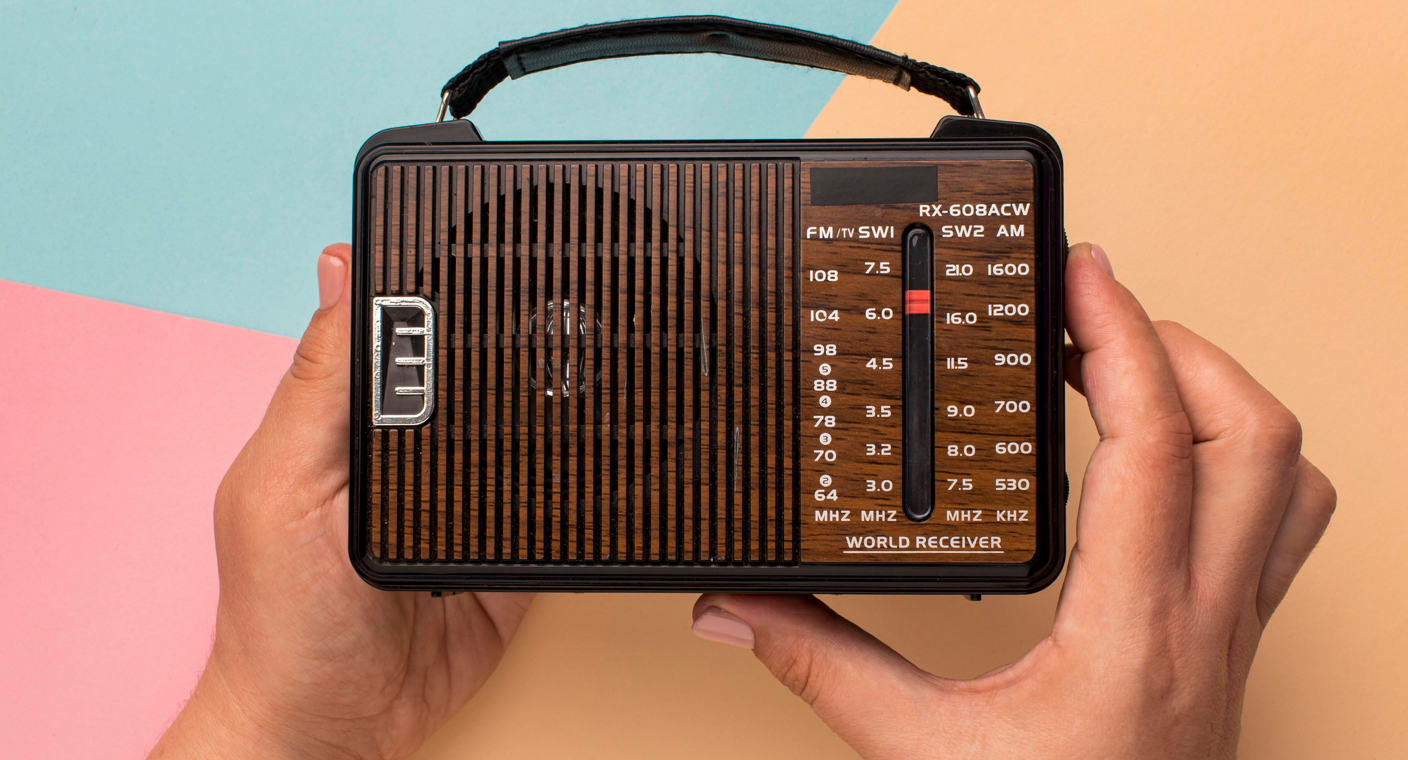Professional
Plan
1976
Founded
When technology is at its best, it enhances your life and makes it easier to connect with the world around you. At C. Crane, they design radio products crafted to bring us closer together, ensuring a perfect connection whether you have access to WiFi or a long-range radio antenna. From emergency weather phenomena to tuning into your favorite show from across the ocean, C. Crane is committed, not only to creating technology, but building a community from it.
Based in Fortuna, California, a small town known for the tallest trees in the world and stunning scenic riverbeds, C. Crane was founded by Robert C. Crane over 40 years ago. After moving to the mountains and missing out on some of his favorite radio shows, he designed and developed his own antenna and radio units. His radios grew so popular with locals that he launched them into the resale market. As the company grew, it became important that employees be passionate and excited about answering radio questions and helping customers discover the right products for them.
Eventually, the popularity grew so wide that the company required a call center and a reliable communications partner to help them meet customer needs. We spoke with John Wilder, Head of Customer Engagement, to learn how Nextiva became an essential building block in their communications strategy.
 Favourite Features: Easy to Use Admin Portal, Scalability, and a friendly and reliable customer service team.
Favourite Features: Easy to Use Admin Portal, Scalability, and a friendly and reliable customer service team.
Understanding the customer first
Over the past 40 years, C. Crane’s customer base has remained loyal, consistently relying on the team to help them discover new products and answer tough troubleshooting questions. With a customer-base primarily over the age of 65, the C. Crane team knows they have to approach any changes with a white glove touch and a willingness to educate all customers on new implementations.
“When I first started, my manager made me put on a blindfold to figure out how to use our radio,” Wilder reflects. “That exercise was about coming at communication from a different perspective and learning how to use our products blind.”
The blindfold experiment is how they approach every customer interaction. Answering functional questions with expert guidance and designing products with a positive user experience. When choosing a new communications platform, they needed to ensure the same could be said of their partner.

“A call is more than a dollar sign”
Communications is the foundation of the radio industry — no matter what facet you’re working in. Many of C. Crane’s customers rely on their radio more than a mobile phone, making it imperative that their antennas reach the weather broadcast systems in an emergency or deliver important local news at the end of the day.
That’s why building relationships with their customers and being available to answer questions is imperative.
“It’s not about the sale; it’s about building a lifelong partnership. A call is more than a dollar sign,” Wilder says of how they approach each customer call. They focus more on education and ensuring customers get the best out of their purchase, often requiring being on the phone with them for extended periods of time.
“Our customers prefer to be on the phone. A lot of them don’t even like leaving voicemails,” says Wilder. Setting up a phone system that can handle the call volume and ensure customers feel heard was a major factor in choosing to update their systems.

Facing their challenges
While they have various channels for communication, including email and messaging, their call center is where the bulk of the business is done.
Their previous system, which involved analog lines and expensive server architecture, was in desperate need of an upgrade. When the servers went down, so did their phone lines. When their customers can’t reach them, it impacts their relationship with that individual. More than that, Wilder knew that updating that current infrastructure was costly.
Yet, anytime it went down, their IT team had to jump in and make the fix. He estimated they spent three-quarters of their time fixing server issues and updating architecture to keep the phone lines running.
Eventually, the time came to upgrade their technology to serve their customers better and prioritize how the IT team spent their time each day. That’s where Nextiva came in.
Why Nextiva?
The first order of business was switching to a VoIP (Voice over Internet Protocol) phone line, which allowed them to alleviate much of the burden on their IT team. They no longer had to waste precious time updating server infrastructure or managing last-minute fixes.
The time saving didn’t stop there. The ease-of-use of the Nextiva VoIP platform eased additional burden for the team. Being able to switch over telephone extensions in just a few clicks or change queue supervisors with one simple button meant day-to-day management of the phones was cut in half.
For Wilder, another huge checkmark for Nextiva was the network’s reliability. “The reliability is exceedingly good.”
Compared to their previous phone lines, he hardly experiences any downtime and finds that issues are quickly updated and addressed within the Nextiva customer portal.
Another reason Wilder was impressed with Nextiva was their ability to grow with them. As a company that releases new products every few months, they knew they’d have a need for more extensions, phones, and data at certain points. It was clear that Nextiva would be flexible and allow them to add and remove services as needed. And, for the most part, he doesn’t have to spend time with support to finish the job.
“But no matter what, when I call Nextiva support, they’re there to help me,” he continues. “If it’s early morning, during the day, or into the evening — it’s an enterprise-level support team.”
It was the Nextiva team that made the onboarding process such a breeze. Wilder simply told them what C.Crane was looking for it, and Nextiva delivered. They provided the auto attendant layouts in advance and allowed the C.Crane team to submit all their recordings beforehand, ensuring that the platform was ready to go on the day of the launch.
“When it came time to switch over to Nextiva, there was very little that needed to be touched,” Wilder confesses. It was the support of the team, and his Project Manager, that allowed for such a successful transition to a new communications system.
Much of what Wilder says he appreciates about the Nextiva Amazing Service team is what C. Crane considers important in their own customer service approach — they treat everyone like a human being, an individual.
“In that way, Nextiva has been a perfect partner.”
Nextiva already helps over
100,000 businesses.
Nextiva has already helped over 100,000 businesses manage their online reviews and has built a robust solution that
is trusted today by businesses looking to build a better online reputation.
















